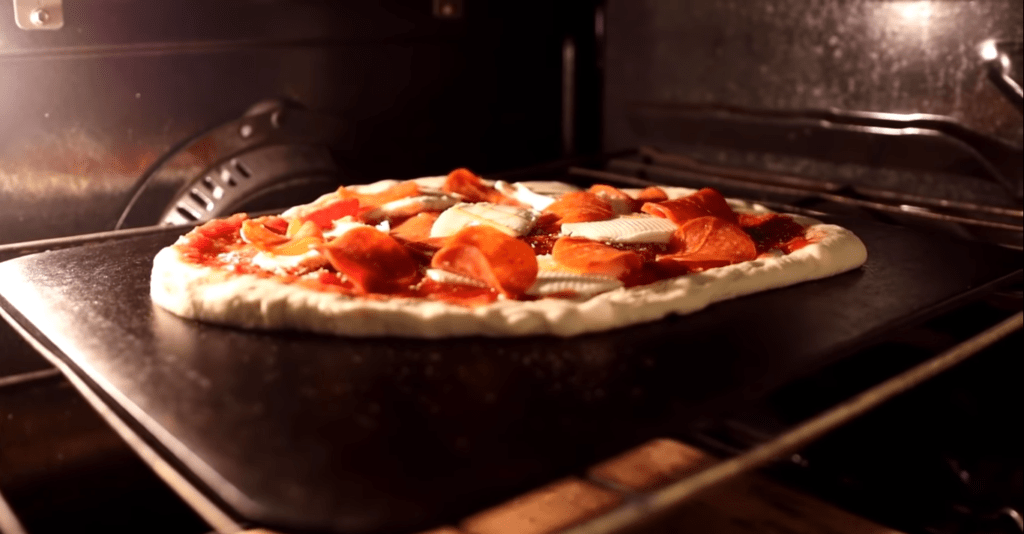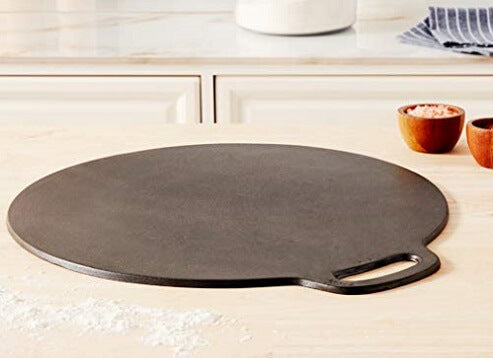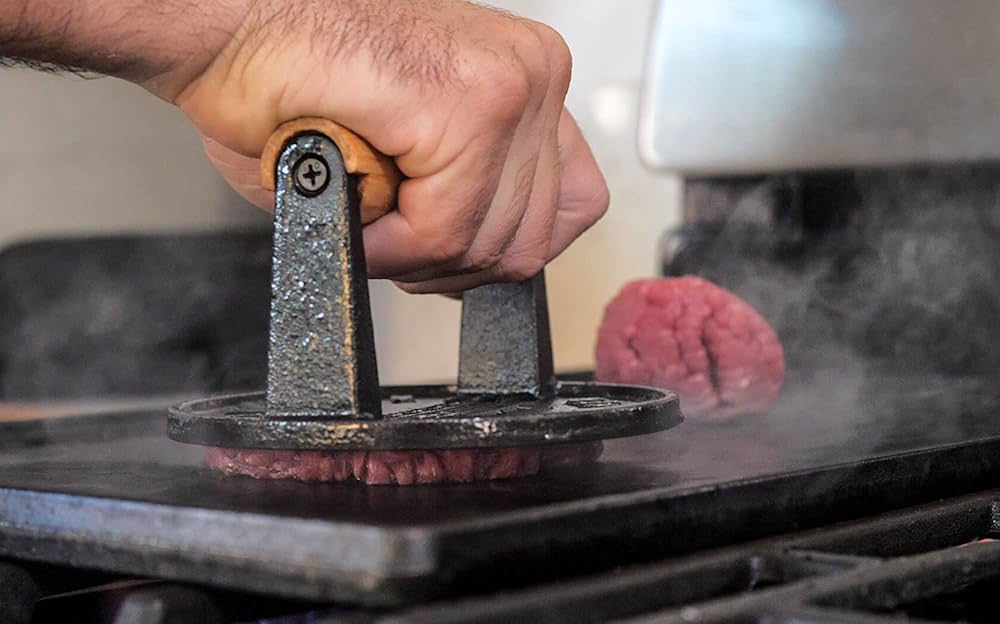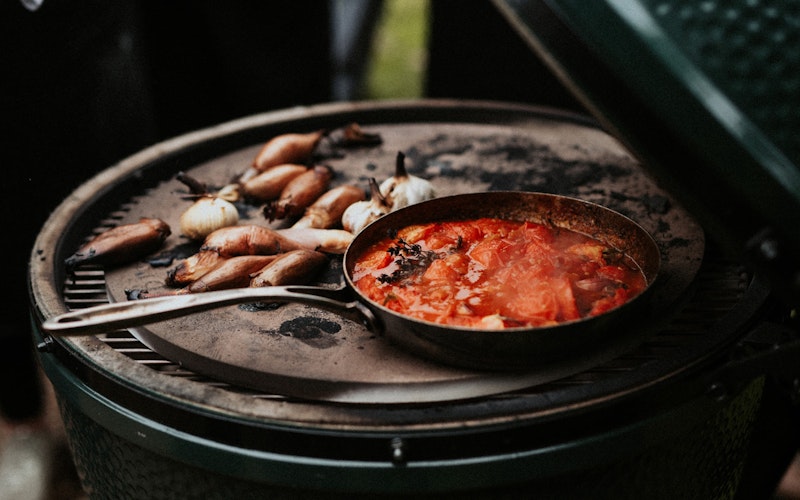For every kitchen professional, the pursuit of perfect pizza doesn't just lie in the ingredients, but equally in the tools we choose. The homemade pizza baking stone has become an indispensable asset, particularly when striving for that delightfully crispy crust often associated with traditional pizzas. This article aims to dive deep into the methodologies and benefits of utilizing a pizza stone at home.

Why Choose a Homemade Pizza Baking Stone?
First and foremost, the heat retention and distribution properties of a well-made baking stone are unparalleled. Unlike a typical metal baking sheet, a baking stone mimics the conditions of a stone oven, distributing heat uniformly across the pizza base. For professionals and enthusiasts alike, the steps to effectively use a baking stone can enhance the overall taste and texture of the pizza.
Crafting Your Own Pizza Baking Stone
Creating a homemade pizza baking stone is not just cost-effective but allows for customization to fit the needs of your kitchen space. Start by selecting the right materialunglazed porcelain or ceramic tiles, often found at local home improvement stores, are ideal. Ensure they fit your oven dimensions, and remember, they must be food safe and free from harmful chemicals.
The Right Technique for Pizza Stone Success
Once you've acquired your baking stone, preheat your oven to a high temperature, generally between 475F and 500F, with the stone inside. This preheating period, lasting at least 45 minutes, is crucial as it allows the stone to heat thoroughly. Brush your stone with a thin layer of flour before placing the pizza dough; this avoids sticking and contributes to that authentic slightly charred crust.
Maximizing Your Pizza Stone Usage
Beyond pizzas, your homemade baking stone serves multiple baking purposes. For example, it can be used for bread-making, where the stone's even heat distribution aids in crusty yet soft bread, much like the techniques used when baking bread. Furthermore, incorporating steam during the initial baking phase can enhance the crust's texture, a tip many bakers find invaluable, as detailed on Culina Cooks.
Maintenance and Care for Longevity
To ensure your stone's longevity, avoid washing it with soap, as this could be absorbed and affect flavors. Instead, once cool, scrape away burnt residue and rinse with warm water. Store it in a way that minimizes accidental chipping, such as standing upright or placing gently in a safe spot within the kitchen.
For further exploration on the diverse uses of a baking stone, visit this resource on Epicurious, illustrating the versatility of this essential kitchen tool.

FAQs
How Do I Clean My Pizza Baking Stone?
Avoid using soap. Use a spatula to remove leftover bits once cooled, then wipe with a damp cloth.
Can I Use the Stone for Other Baked Goods?
Yes, it's versatile enough for bread, pastries, and even cookies, enhancing texture and flavor.
What's the Best Way to Store My Baking Stone?
Store vertically to prevent breakage, ensuring access to air to prevent mold.
This article contains affiliate links. We may earn a commission at no extra cost to you.






Leave a comment
This site is protected by hCaptcha and the hCaptcha Privacy Policy and Terms of Service apply.